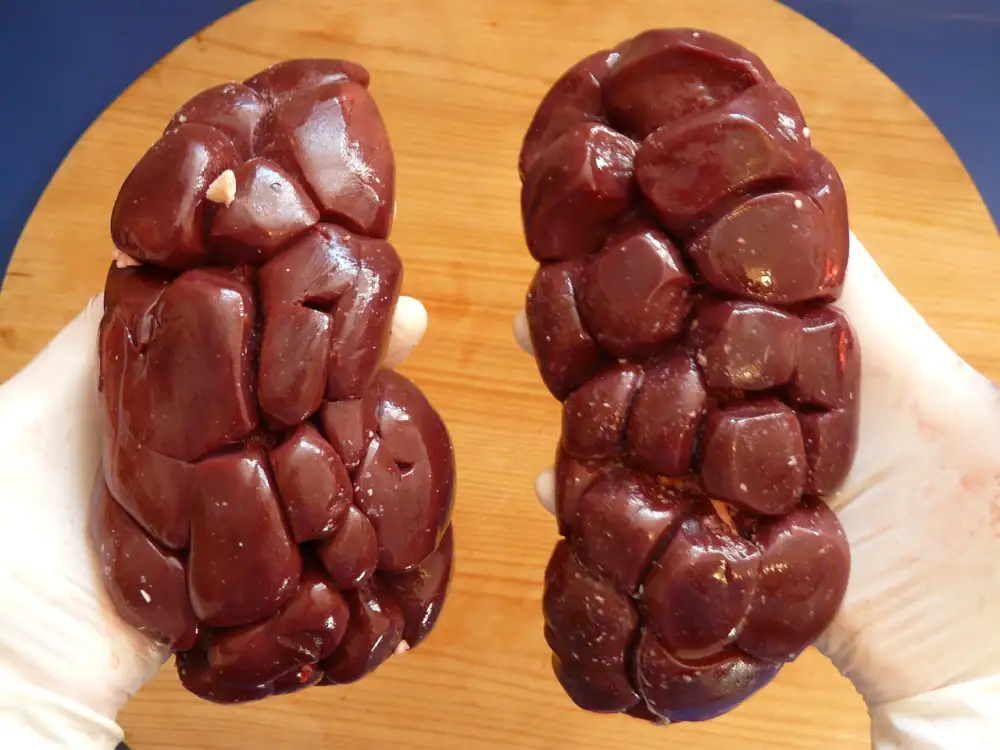Unveiling the Delicacy of Chitterlings: Exploring the Culinary Secrets of Pig Intestines

Chitterlings, also known as chitlins, are a dish made from the small intestines of a pig. This delicacy has its origins in traditional Southern cuisine in the United States but is also popular in various cultures around the world. Despite being considered an acquired taste by some, chitterlings have a rich history and unique flavor profile that make them a sought-after ingredient in many culinary dishes.
Culinary Uses:
Chitterlings, also known as chitlins, have a rich culinary history and are used in various traditional and modern recipes. In Southern cuisine, chitterlings are often seasoned with herbs and spices, then simmered or fried to enhance their flavor. They can be served with hot sauce or vinegar for added tanginess. In modern gastronomy, chitterlings are sometimes incorporated into dishes like tacos or stir-fries to provide a unique texture and taste profile. The versatility of chitterlings allows them to be adapted into different cuisines and cooking styles, showcasing their potential beyond traditional recipes.
Nutritional Value:
**Nutritional Value:**
Chitterlings, despite being a delicacy often associated with comfort food, offer a surprising array of nutrients. These pig intestines are rich in protein, providing essential amino acids necessary for muscle growth and repair. Additionally, chitterlings contain notable amounts of vitamins such as B12, which is crucial for nerve function and DNA synthesis, as well as minerals like iron and zinc that support overall health. When prepared thoughtfully, chitterlings can be a valuable source of nutrition in a balanced diet.
Cultural Significance:
Chitterlings, also known as chitlins, hold a significant place in various cuisines around the world. Originating from African American and Southern cuisine, chitterlings have been a staple dish in soul food traditions for generations. In European cuisine, particularly in France and Spain, pig intestines are used in dishes like andouillette and callos. In Asian cultures, dishes like stir-fried pig intestines are popular delicacies. The historical importance of chitterlings lies in their utilization as a way to make use of all parts of the animal, reflecting resourcefulness and sustainability in traditional cooking practices.
Preparation and Cooking Methods:
When it comes to preparing and cooking chitterlings, thorough cleaning is essential to remove any impurities. Start by soaking the chitterlings in cold water with vinegar or lemon juice to help eliminate any strong odors. Then, scrub them well with salt and rinse thoroughly. Boiling the chitterlings for an extended period until tender is a common method, often flavored with herbs and spices like bay leaves, thyme, and garlic. They can also be fried or grilled for a crispy texture. Incorporating chitterlings into stews or soups allows their flavors to meld with other ingredients, creating a rich and savory dish.
Health Considerations:
When it comes to consuming chitterlings, there are both potential benefits and risks to consider. On the positive side, chitterlings are a good source of protein, iron, and B vitamins, which are essential for overall health. However, it is important to note that chitterlings are high in cholesterol and saturated fats, which can be detrimental to heart health if consumed in excess. Additionally, improper cleaning and cooking of chitterlings can lead to foodborne illnesses such as salmonella or E. coli. Therefore, it is crucial to thoroughly clean and cook chitterlings at high temperatures to ensure they are safe for consumption. As with any food, moderation and proper preparation are key factors in enjoying chitterlings while minimizing potential health risks.
Serving Suggestions:
Chitterlings can be enjoyed in various ways to enhance their flavor and texture. They pair well with tangy sauces like hot sauce or vinegar-based dressings to cut through the richness of the dish. Accompanying chitterlings with sides such as coleslaw, cornbread, or collard greens can provide a balance of flavors and textures. For a complete meal, serving chitterlings with rice or mashed potatoes can create a satisfying and hearty dish. To complement the savory nature of chitterlings, consider pairing them with a crisp white wine or a light beer to cleanse the palate between bites.
**Conclusion:**
In conclusion, chitterlings, though often overlooked, offer a unique culinary experience that has stood the test of time. Their rich history, diverse cultural significance, and nutritional value make them a delicacy worth exploring. From traditional Southern soul food recipes to modern gourmet twists, chitterlings showcase the versatility of pig intestines in the culinary world. While health considerations should be taken into account due to their high cholesterol content, when prepared correctly, chitterlings can be a flavorful addition to any meal. Whether enjoyed with classic sides like cornbread and collard greens or paired with a glass of robust red wine, chitterlings continue to captivate taste buds and spark curiosity among food enthusiasts worldwide.
Published: 15. 04. 2024
Category: Food



